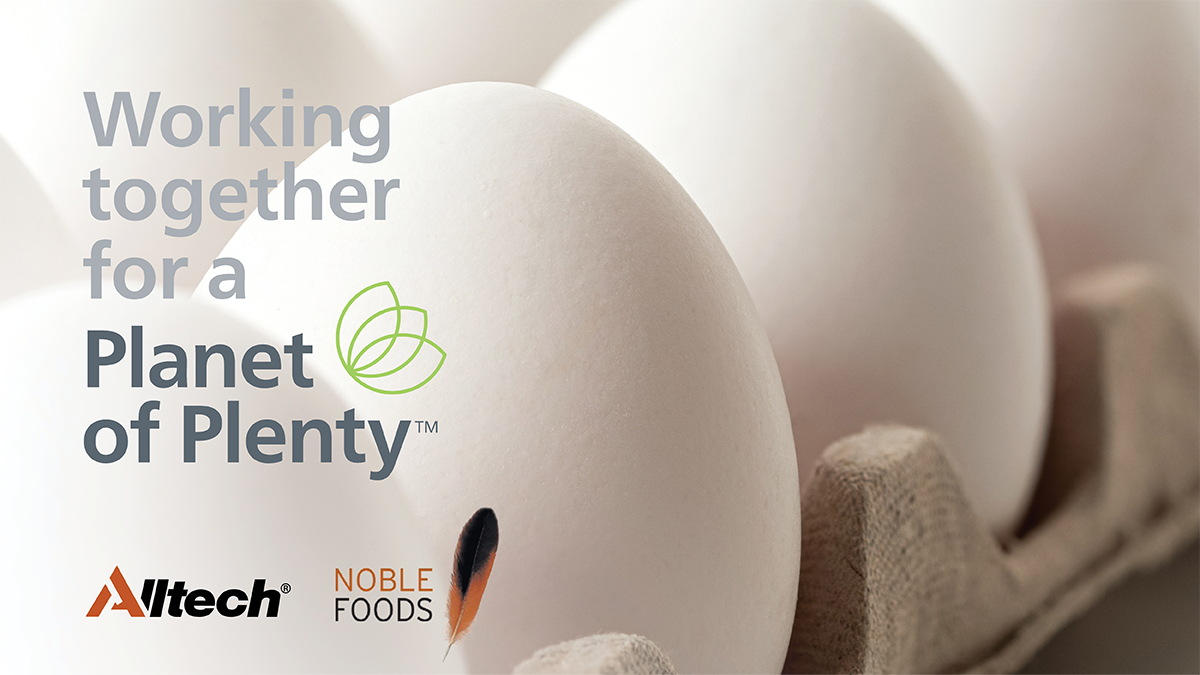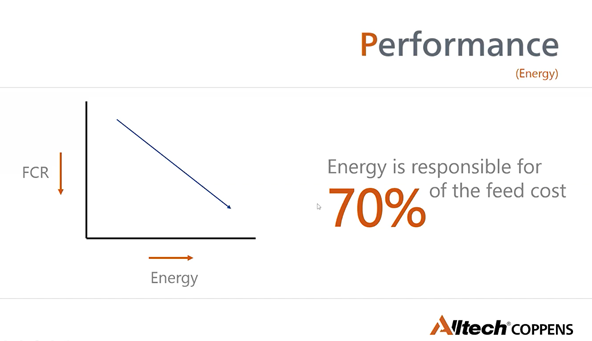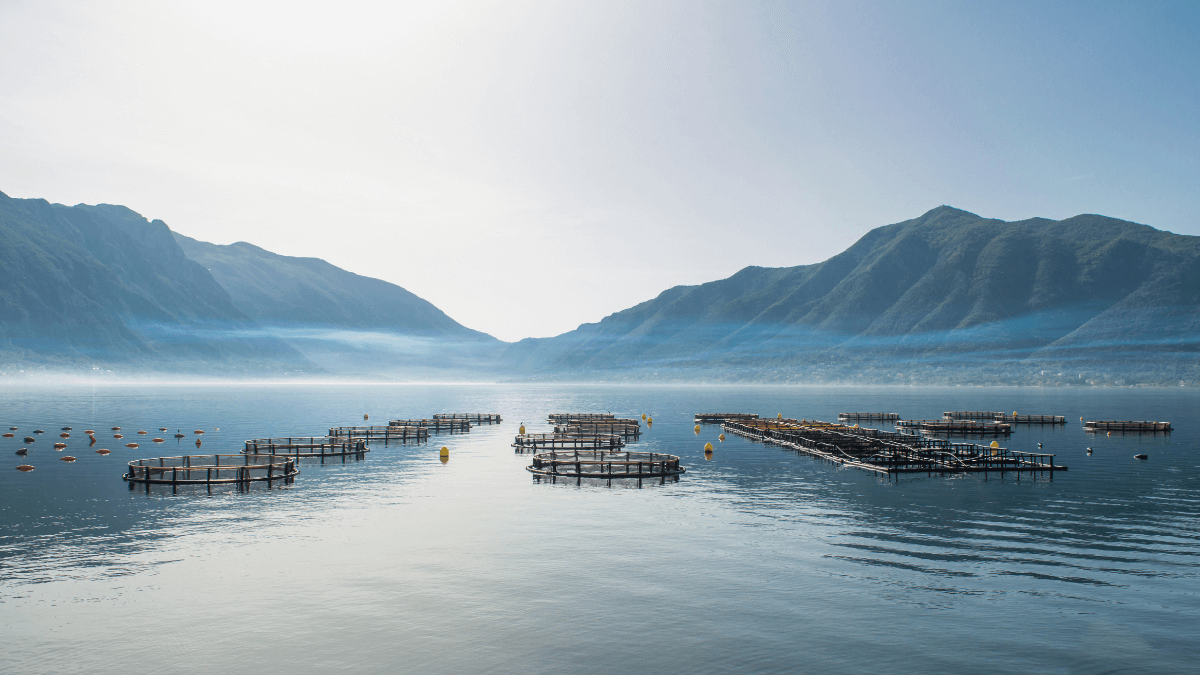Organic trace minerals for horses promote sustainability
With the changing global climate, many people are becoming more aware of how they impact the environment on a day-to-day basis. And the same goes for horse owners, as more and more equestrians explore sustainable horse farm management practices.
While achieving sustainability in the equine industry may seem daunting, the good news is that there are many avenues for us to explore, and each one makes a difference!
If your horse is boarded at a facility, you may not have control over some common environmental pitfalls, such as manure management or preventing overgrazing of horse pastures. However, almost every horse owner has some say in their horses’ nutrition, and luckily, with a few easy changes, your horses’ diet can become more environmentally friendly.
Trace mineral supplementation in horse feeds
Since they only make up around 2% of a horse’s diet, minerals are often underestimated — but they are actually responsible for hundreds of thousands of functions within the horse’s body, from the development of joint cartilage to maintaining healthy hair and hoof quality.
In the equine digestive system, the bulk of the vitamins and minerals included in the diet are absorbed in the small intestine and taken into the bloodstream to be distributed throughout the body for use.
Macrominerals or major minerals, such as calcium, phosphorus, magnesium, sodium, potassium, chloride and sulfur are required in larger amounts than the microminerals or trace minerals, which include copper, zinc, manganese, iron, selenium, cobalt and more. But while the requirements for trace minerals might be smaller, they are majorly important for horse health.
While hay and pasture grass contain vitamins and minerals in varying levels, depending on the soil quality, processing, region, etc., horses often require additional supplementation for optimal health, which is why grains and other supplements are generally formulated with minerals.
Providing adequate amounts of minerals — but not too much — is best for the environment
Interestingly enough, horses are unable to store large amounts of excess minerals in their bodies, and research has shown that exceeding 100% of their mineral requirements results in higher mineral excretion (i.e., mineral-rich manure), which has important environmental implications.
In her presentation at the Alltech ONE Ideas Conference in June, Dr. Mieke Holder explained what happens when excess minerals are fed to horses. In a brief nutshell:
- Horses produce about 50 pounds of manure per day.
- That manure sits outside in pastures or is picked out of stalls but is then left to compost outside.
- When fecal material gets wet from any type of precipitation, the minerals that have been excreted begin to solubilize.
- Excess minerals can run off and join surface water or move through soil layers (which is known as “mineral leaching”) and end up joining the underground water supply.
The other piece of the mineral puzzle lies in fecal microbial organisms. Recent research from Dr. Holder’s lab has shown that the bacteria in the feces accumulate some of the minerals that are excreted. Providing minerals in a form that encourages accretion, or “feeding,” by fecal bacteria should continue to be explored, as that appears to decrease the amount of minerals leaching into soil and water.
To bring it all together, Dr. Holder’s research has shown that providing increased levels of trace minerals in horses’ diets also increases the levels of phosphorus that leach from those diets. Given that phosphorus is an element of great environmental concern, it is crucial that minerals are not only fed at the appropriate levels but in bioavailable forms as well.
Organic minerals for horses
Dr. Holder defines organic minerals as minerals that are bound to a ligand carrier, such as a protein or amino acid chelating agent. Several examples of organic trace minerals are those offered by Alltech as Bioplex® (copper, zinc, manganese, cobalt and iron) and Sel-Plex® (organic selenium). In contrast, inorganic minerals are complexed with a compound, such as a carbonate, chloride, sulfate or oxide.
While research over the years has shown varied results in terms of the differences between organic and inorganic minerals in horses’ diets, several compelling studies have shown that organic minerals are absorbed at higher levels and are more readily usable by the horse’s body than their inorganic counterparts. When organic minerals are absorbed at higher levels, that also means that fewer minerals are excreted, which can help protect the environment.
For example, glutathione peroxidase, a selenium-dependent antioxidant enzyme, showed increased activity after exercise in horses fed Sel-Plex® versus horses who received inorganic selenium (in the form of sodium selenite).
Other recent research has shown that supplementation with organic trace minerals can help improve joint cartilage indicators and antioxidant activity in growing horses.
Given that we want our horses to be around for many more years than the typical production animal, the fact that there is evidence indicating that organic trace mineral supplementation can help maintain horses’ health, development and performance is notable.
Minerals as an equine management tool
Thanks to Dr. Holder’s presentation, we know for sure that:
- Horses have mineral requirements that are often unmet by forage alone. Trace minerals, despite only being required in small amounts, have great value in preventing health problems.
- Feeding excess minerals to horses is not only financially wasteful but also has a negative impact on the environment.
- Prioritizing high-quality mineral nutrition for our animals may not be the most common or well-known route for minimizing our environmental impact, but it could make a huge difference.
- As a horse owner, you can read your horses’ feed and supplements labels to learn whether the trace minerals included are offered in an organic form, which can be identified by names that often include the words “proteinate,” “chelate,” “amino acid complex” or “methionine.”
- Seek to feed the best-quality nutrition, not only for your horses’ health and performance but to help mitigate any environmental hazards as well.
To learn more about the benefits of equine trace mineral nutrition, watch Dr. Holder’s entire presentation at the 2021 Alltech ONE Ideas Conference.
If you are interested in providing your horse with a superior nutrition program while still protecting the environment, Alltech’s Bioplex® trace minerals are a great place to start. Email equine@alltech.com with any questions.
I want to learn more about nutrition for my horses.

<script charset="utf-8" type="text/javascript" src="//js.hsforms.net/forms/v2-legacy.js"></script>
<![endif]--><script charset="utf-8" type="text/javascript" src="//js.hsforms.net/forms/v2.js"></script><script>
hbspt.forms.create({
portalId: "745395",
formId: "0db1e6e4-d108-45b2-b266-6a44d9844fb5"
});
</script>




































